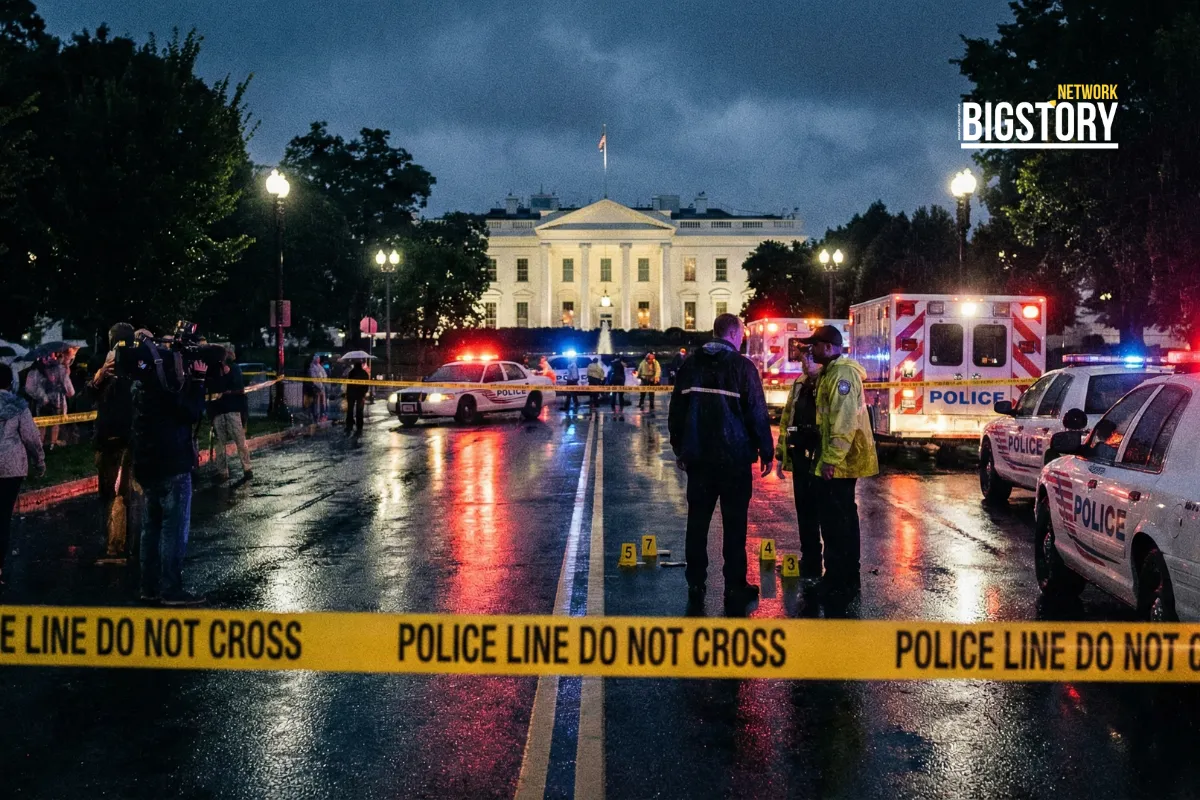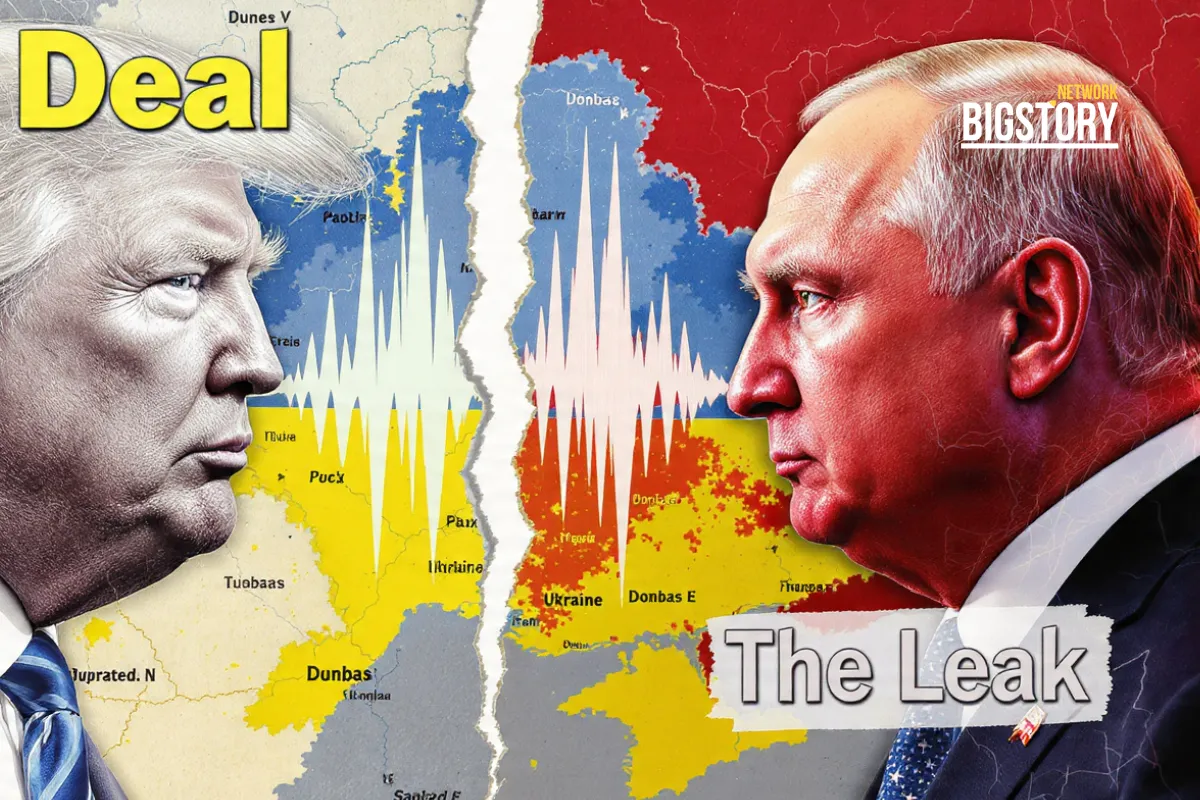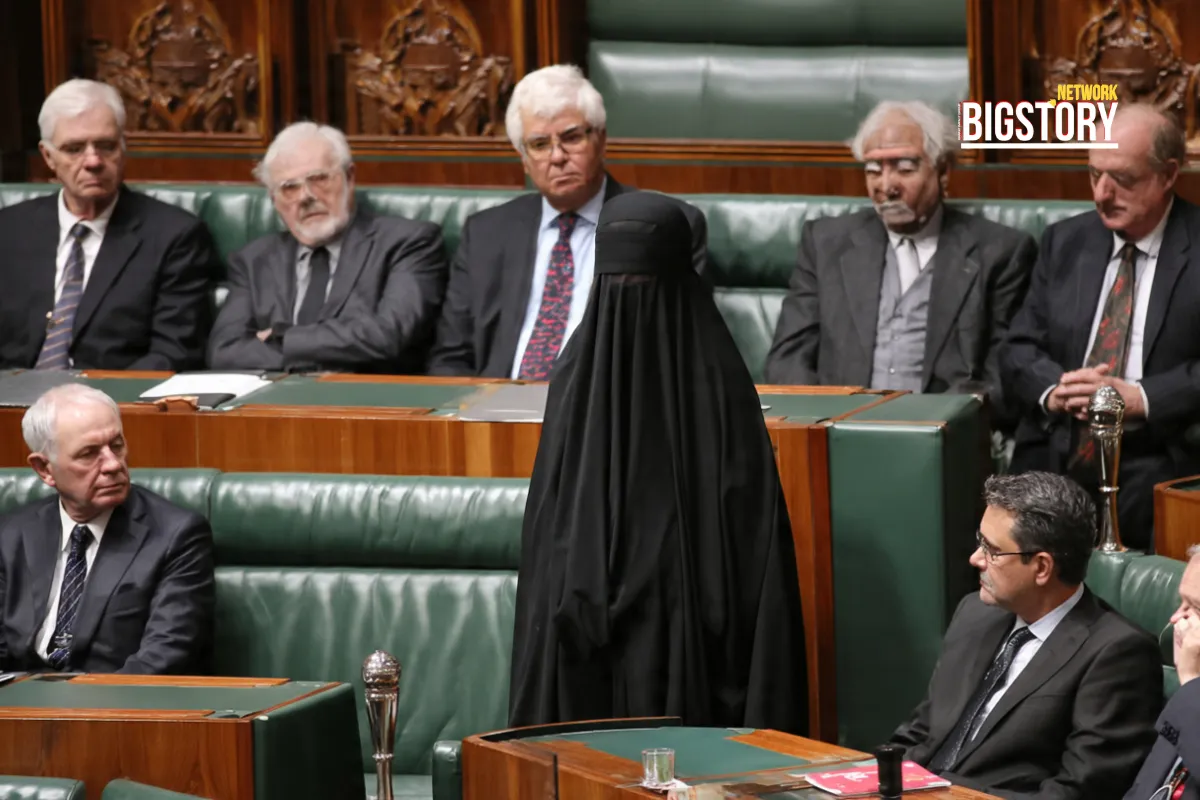Israel and Hamas have agreed to the first phase of Trump’s 20-point Gaza peace plan, marking a potential end to the devastating war. Hostage releases and ceasefire to begin within 72 hours.
 Sseema Giill
Sseema Giill
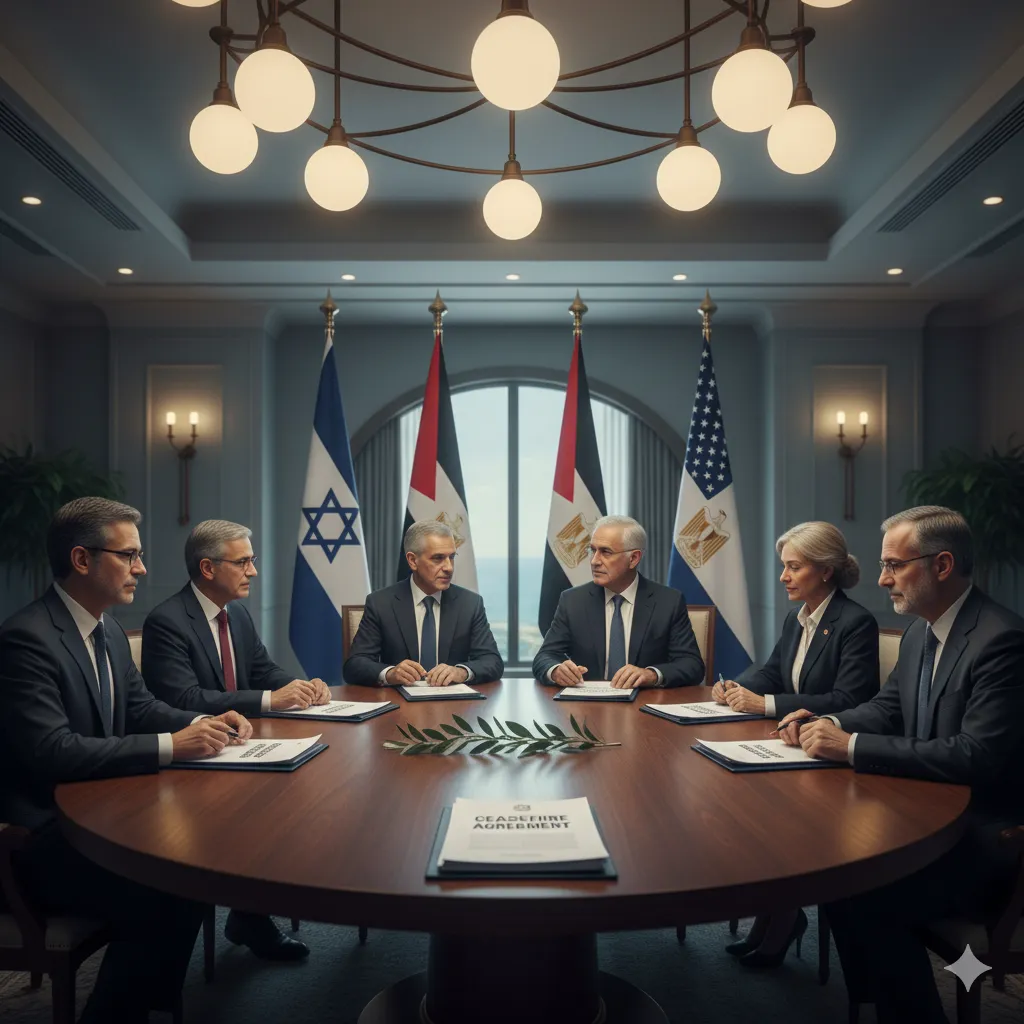
In a landmark breakthrough, Israel and Hamas have agreed to the first phase of U.S. President Donald Trump’s 20-point Gaza peace plan — signaling a potential end to one of the deadliest conflicts in recent Middle Eastern history. The Israeli Cabinet ratified the deal early Friday, October 10, 2025, paving the way for a ceasefire to take effect within 24 hours and for all remaining hostages to be released within the next three days.
This agreement follows more than two years of war that has claimed over 67,000 Palestinian lives and displaced millions, according to UN-verified figures.
The ceasefire is set to begin within 24 hours of approval. Hamas has been given 72 hours to release all living hostages, with releases expected by Monday or Tuesday. The deal also ensures the return of the remains of deceased captives.
Talks were held in Sharm el-Sheikh, Egypt, mediated by officials from the United States, Egypt, Qatar, and Turkey. U.S. envoys Steve Witkoff and Jared Kushner were instrumental in shaping the agreement, which represents the first concrete implementation step of Trump’s broader peace vision announced in September 2025.
President Trump called the deal “the beginning of an everlasting peace,” while Israeli Prime Minister Benjamin Netanyahu described it as a “crucial step” toward bringing hostages home.
Hamas negotiator Khalil al-Hayya confirmed that the group had received U.S. and Arab assurances that “the war has completely ended.”
The latest Gaza war began on October 7, 2023, when Hamas launched a surprise attack on southern Israel that killed roughly 1,200 people and led to the capture of 251 hostages. Israel’s subsequent retaliatory campaign devastated Gaza’s infrastructure and population, leaving the enclave in ruins.
Multiple ceasefire attempts since 2023 collapsed, but Trump’s return to the global stage in 2025 brought renewed diplomatic energy. Analysts say a combination of U.S. pressure, Arab state coordination, and war fatigue on both sides finally produced a viable path to peace.
Eight Arab and Muslim-majority nations — including Egypt, Qatar, Jordan, and Saudi Arabia — issued a joint declaration supporting the Trump plan, signaling rare regional unity.
President Trump announced plans to travel to Egypt for an official signing ceremony, saying,
“We ended the war in Gaza, and I think it’s going to be a lasting peace — hopefully, an everlasting peace.”
Secretary of State Marco Rubio called the deal “a defining moment for regional stability.”
Netanyahu’s office confirmed the government had approved the full framework for releasing all hostages — living and deceased — though several far-right ministers opposed it. The Prime Minister reportedly had an “emotional and warm” phone call with Trump and invited him to address the Knesset.
Khalil al-Hayya said Hamas received “guarantees from mediating brothers” confirming that the war had ended. However, Hamas officials rejected parts of Trump’s plan involving a proposed “Board of Peace” to oversee Gaza’s future administration.
President Abdel Fattah al-Sisi hailed the deal as “a victory of peace over the rationale of war,” and invited Trump to attend the signing ceremony in Cairo.
The UN and global NGOs welcomed the deal, calling it a “critical opportunity” to restore food, medical, and shelter access to millions of displaced Gazans.
The International Rescue Committee urged swift action to “shield civilians from further harm and accelerate humanitarian operations.”
While this deal marks a historic turning point, analysts caution that major hurdles remain:
Experts warn that without sustained diplomacy, internal political fractures in both Israel and Gaza could threaten the fragile truce.
The Gaza ceasefire deal represents a rare convergence of global, regional, and domestic interests aligning toward peace. Whether it endures will depend on the willingness of both sides — and their allies — to follow through on the promises made in Egypt.
For now, after years of bloodshed, the people of Gaza and Israel can cautiously hope that the guns may finally fall silent.
1. What is the Trump Gaza Peace Plan?
It’s a 20-point framework proposed by U.S. President Donald Trump in 2025 aimed at ending the Israel-Hamas conflict through phased ceasefire, hostage release, Hamas disarmament, and eventual Palestinian self-governance.
2. When will the Gaza ceasefire take effect?
Within 24 hours of Israel’s Cabinet approval, with all hostages expected to be released within 72 hours thereafter.
3. Which countries mediated the deal?
The United States, Egypt, Qatar, and Turkey played key mediation roles in finalizing the agreement.
4. What are the next steps after the ceasefire?
Phases two and three involve Hamas disarmament, reconstruction of Gaza, and creation of a new international governance framework under UN oversight.



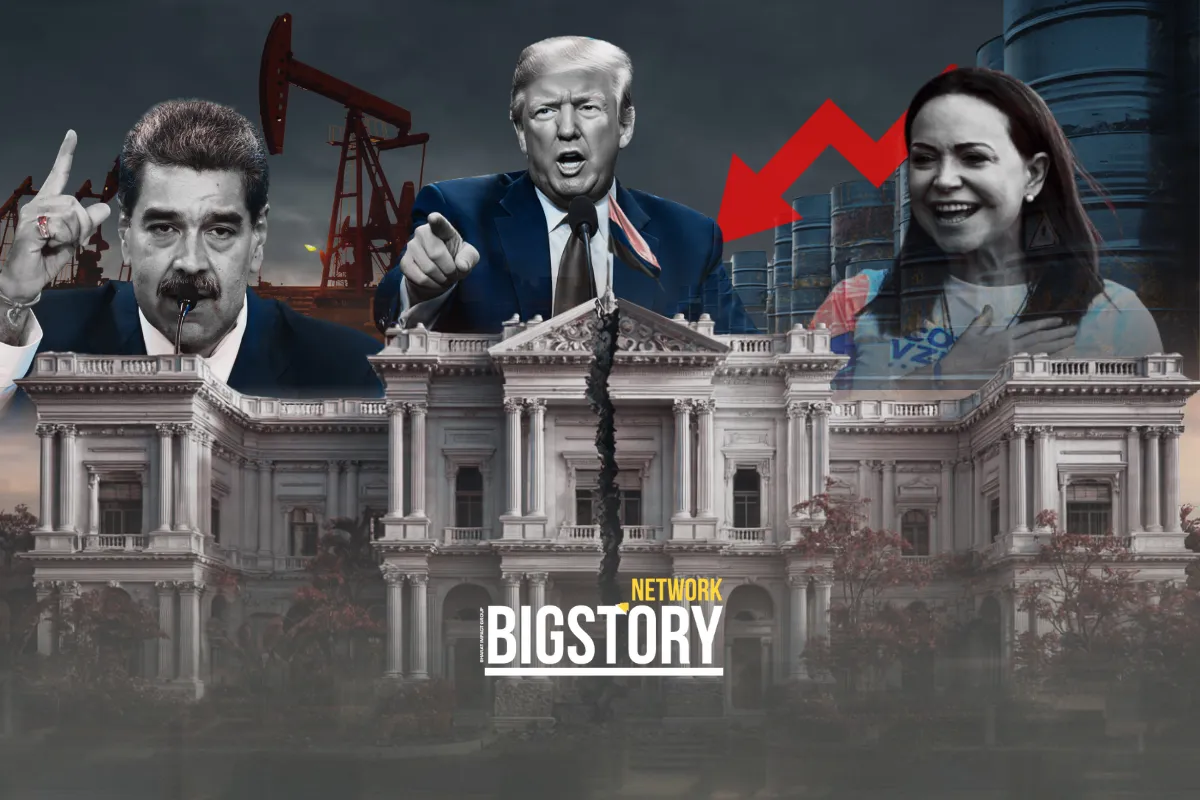


Sign up for the Daily newsletter to get your biggest stories, handpicked for you each day.
 Trending Now! in last 24hrs
Trending Now! in last 24hrs
